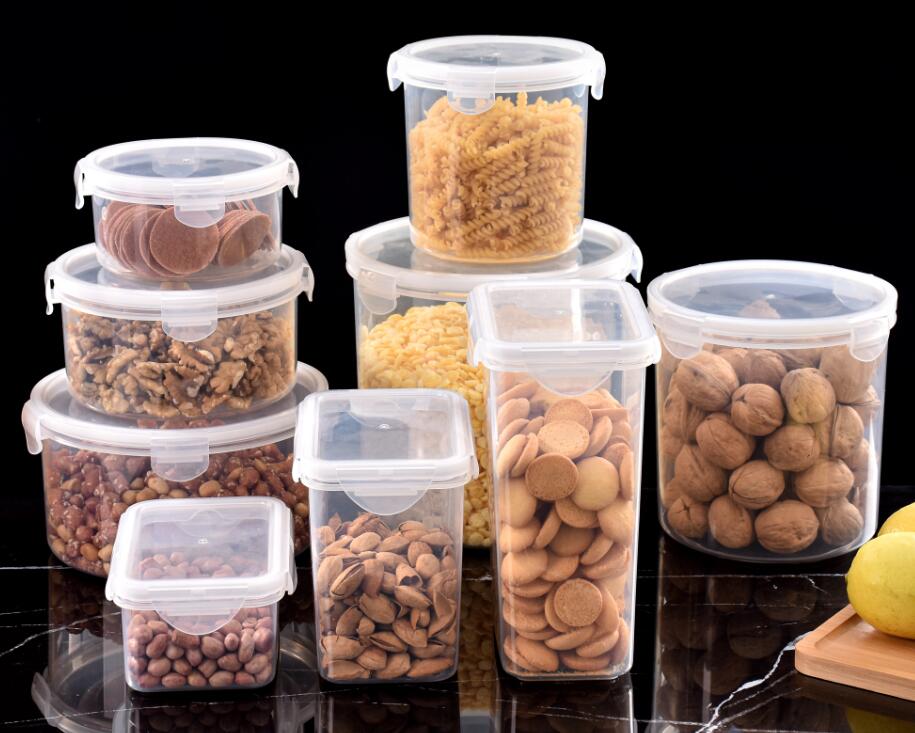A properly stored refrigerator is not just about arranging all the food neatly, but also about maximizing space utilization and ensuring easy access in the future. Moreover, not all foods are suitable for being stored in the refrigerator. Many people like to stuff things into the refrigerator after buying, but the refrigerator is not omnipotent and sometimes even accelerates food spoilage!

Food classification in refrigerator
Firstly, let's categorize the food in the refrigerator.
Fruits and green leafy vegetables: It is best to keep these types of food separately in a preservation drawer. Fruits are mostly spherical and can easily roll around when placed in the refrigerator. It is better to keep them in a drawer as vegetables are prone to decay or leaf loss. Keeping them separately can avoid infecting other foods. When placing them, kitchen paper can be used to absorb water and extend the preservation time.
Leftover cooked food: Remember to put it in a fresh-keeping box or bag, label it with the date, and place it on the top for easy access.
Alcoholic beverages: For small items, they should be placed on the refrigerator door without taking up space. It is important to note that eggs should not be placed on the refrigerator door. The refrigerator door is the hottest part of the refrigerator and is frequently opened and closed, causing significant temperature fluctuations. For eggs that require constant temperature storage, it is easy to cause spoilage.
Common storage tools for refrigerators
At one point, the refrigerator at home felt particularly messy. The vegetables and fruits I bought from supermarkets and markets were randomly placed in plastic bags, which not only easily rotted but also made it difficult to find where to take them when eating. So, I bought a few freshness boxes directly to keep them clean and tidy.

Firstly, the material of the fresh-keeping box is food grade, which can directly come into contact with food and does not have rubber rings. It is easier to clean and can be stored in the refrigerator or safe area to prevent them from mixing flavors. So when storing, pay attention to these points:
When buying ingredients, they are usually unpacked and classified first, and then divided into small portions according to the amount of each meal cooked. Especially for some meats, they must be packaged properly, otherwise they will stick together after freezing and not thaw easily.
Another way is to label the storage box or sealed bag, especially for some buns and dumplings. Due to the tight working hours, dumplings are pre packaged and stored in the refrigerator. Then, labels can be attached to the freshness box to record the storage time for easy access.